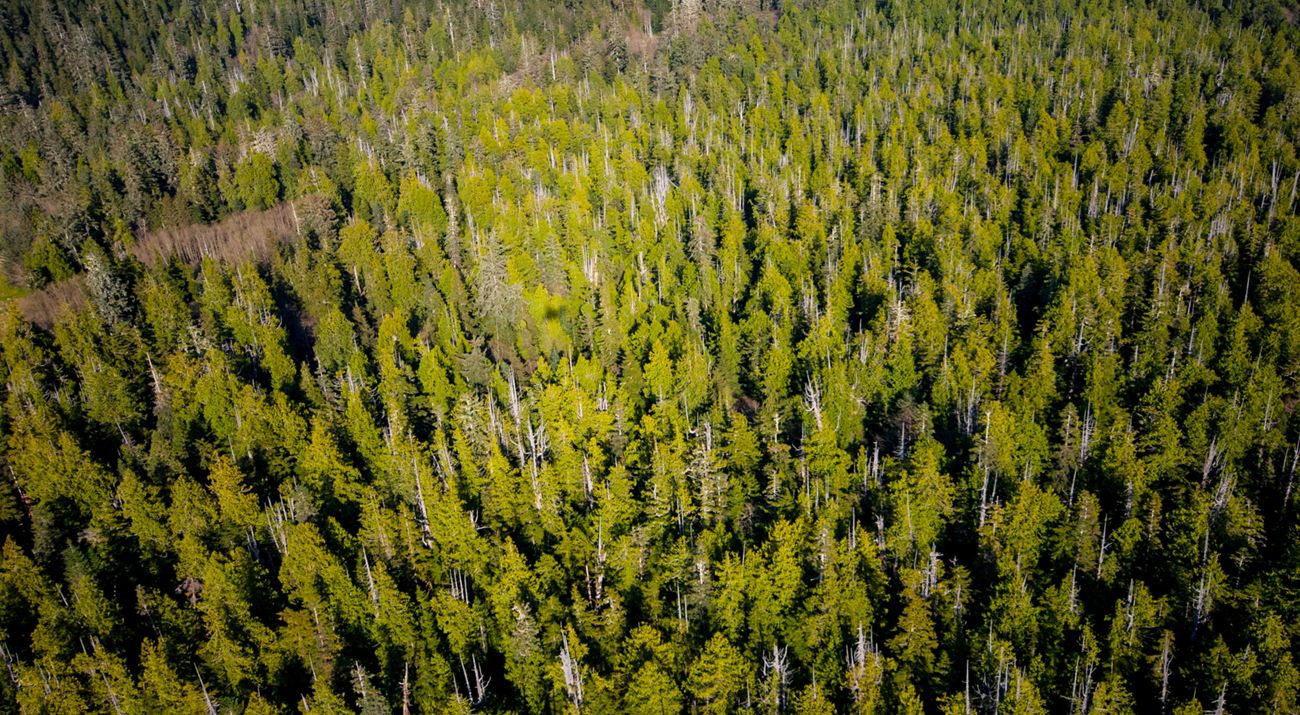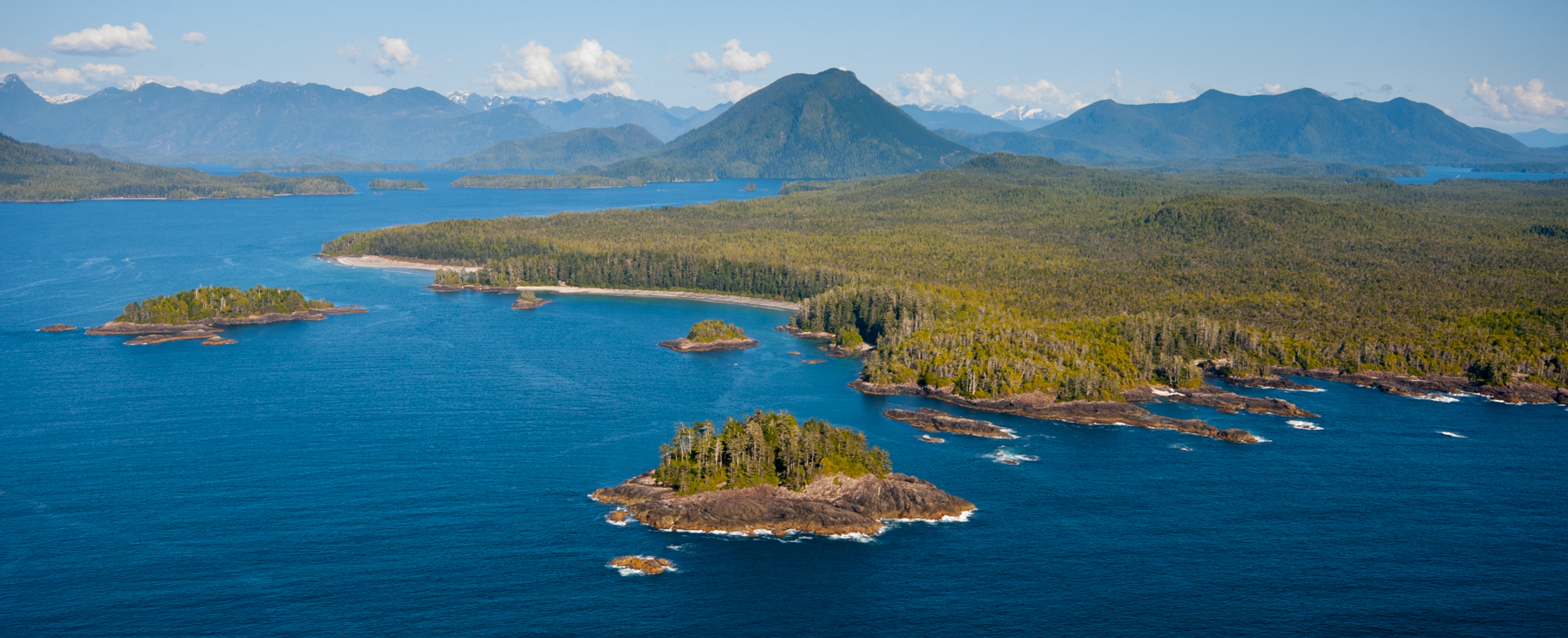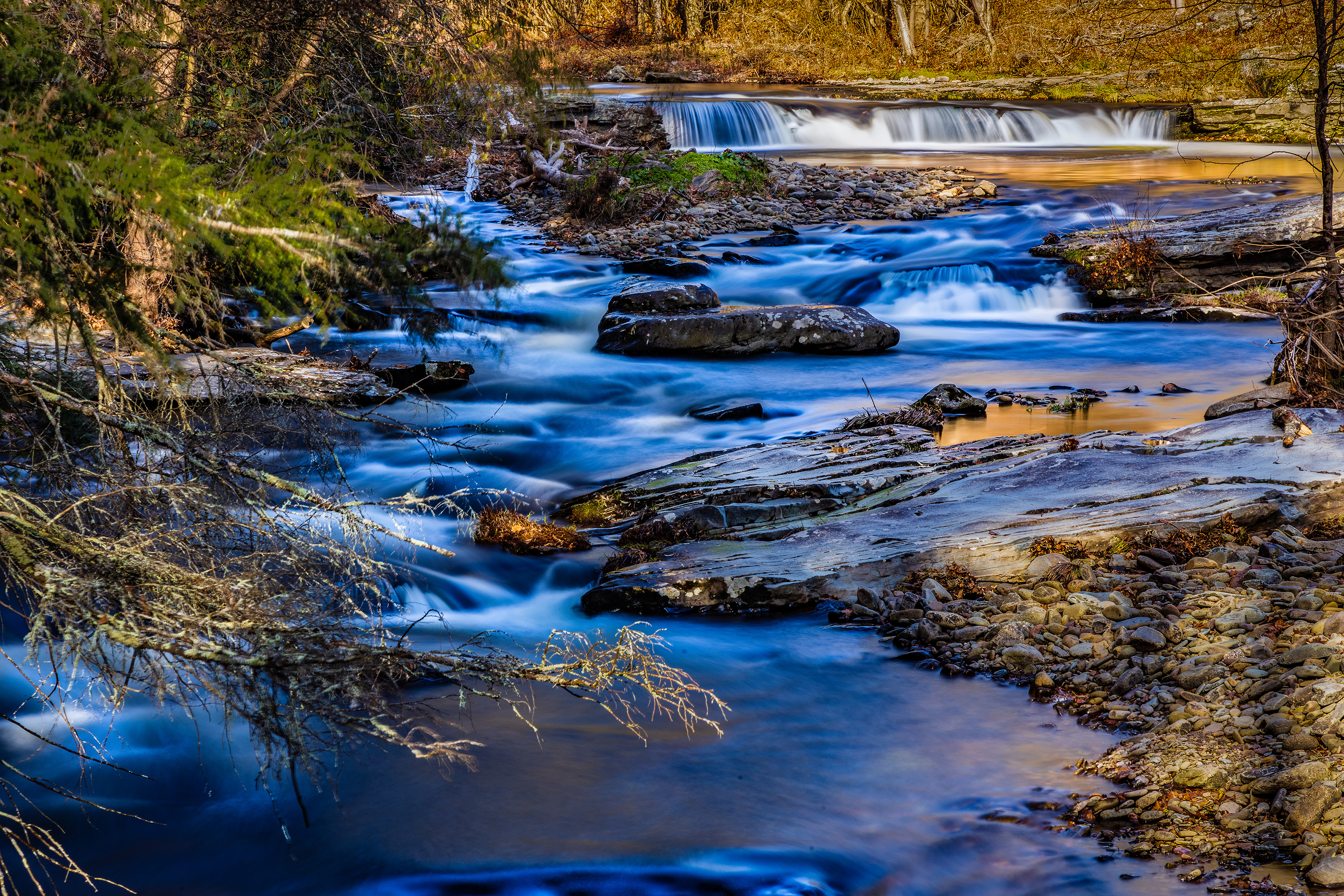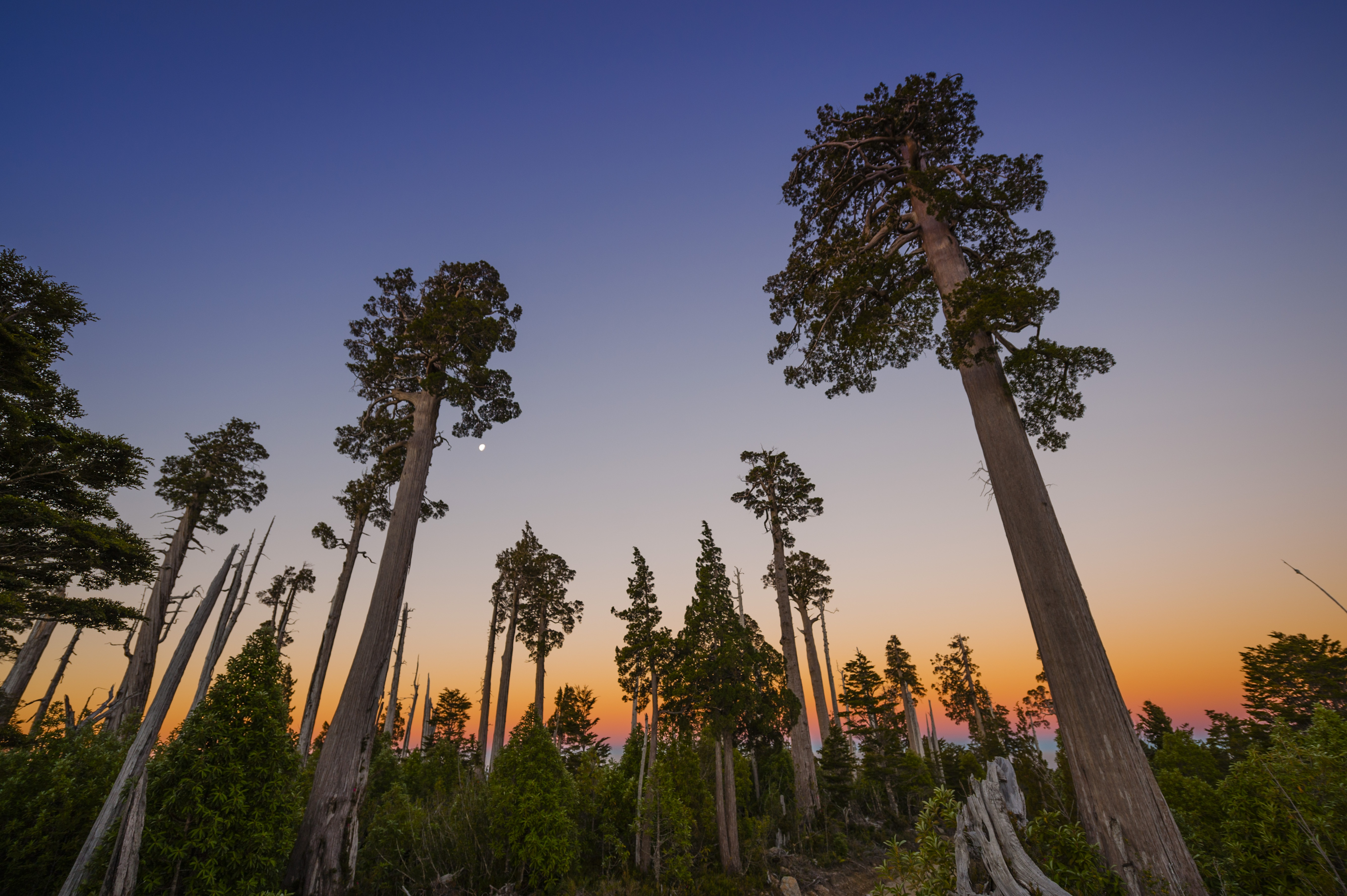Across the globe, there are places that teem with nature that are thick with life, that we can’t afford to lose. Thes are places that naturally capture and store vast amounts of climate-changing carbon but are vulnerable to destruction from unsustainable logging, development, and other threats.
The protection of these places is critical not only to confront the climate crisis, but also to provide food, water, habitat, and security to diverse species and human communities.
We’ve curated some of our favorite stories of how nature is providing climate solutions for both people and wildlife–from the dense forests of Latin America, to family-stewarded lands in the United States, to innovative projects across Africa, to the world’s largest coastal temperate rainforest stretching 100-million acres across Canada and the U.S.
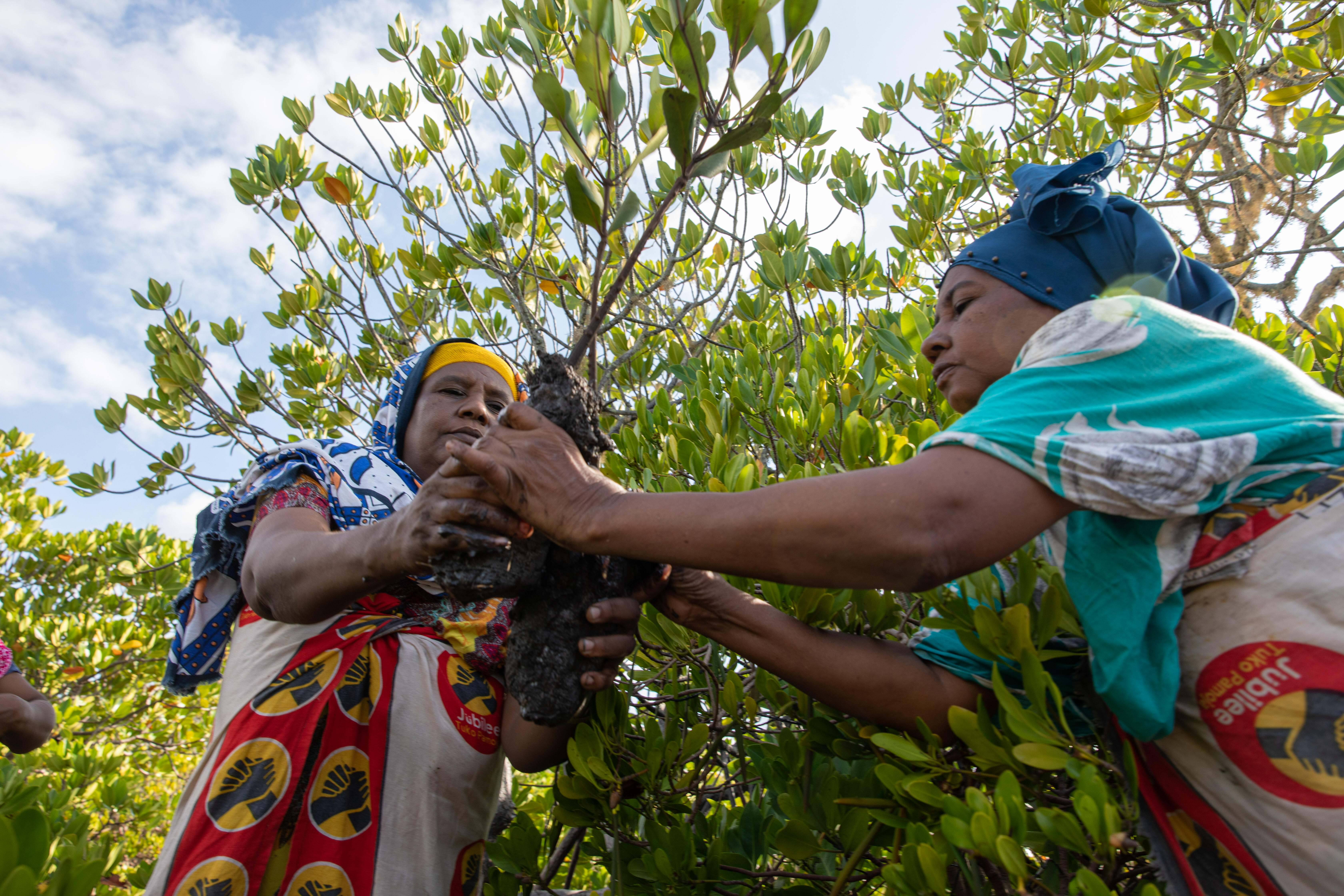
Watch an Explainer
Natural Climate Solutions and Carbon Markets Explained

Our global insights, straight to your inbox
Get our latest research, insights and solutions to today’s sustainability challenges.
